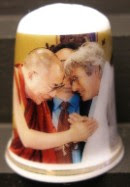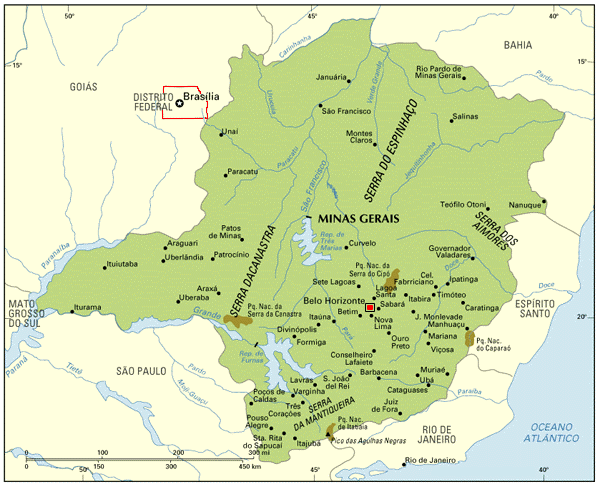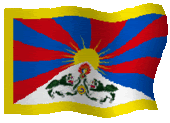
The name Ratnasambhava means "the Jewel-born One" or "Origin of Jewels" a principal buddha within Vajrayana Buddhism representing the qualities of enlightenment and residing in the southern quarter of a mandala. To practice Ratnasambava means to make ourself as precious as a jewel.
Ratnasambhava is one of the Five Dhyani Buddhas (or "Five Meditation Buddhas") of Vajrayana or Tantric Buddhism. Ratnasambhava's mandalas and mantras focus on developing equanimity and equality and, in Vajrayana buddhist thought is associated with the attempt to destroy greed and pride. His consort is Lochana and his mount is a horse or a pair of lions. Often included in his retinue is the worldy dharmapāla Jambhala.
Textual History
The first documented mention of Ratnasambhava is found in the Ārya Suvarna-prabhā-sottamasutrendrarājamahāyana Sutra (Sutra of Golden Light) and in the Guhyasamaja Tantra (4rd Century CE), and subsequently appears in a number of vajrayana texts. The most elaborate account of him is to be found in the Panchakara section of the Advyavajra sangrah.
Characteristics
Ratnasambhava is associated with the skandha of feeling or sensation and its relationship with consciousness. His activity in promoting Buddhism is enriching and increasing knowledge of Dharma. Ratnasambhava is associated with the jewel symbol, which corresponds with his family, Ratna or jewel. In artwork he is shown in the mudra of giving. He is usually coloured yellow or gold, the colour of the sun in its zenith. He is associated with the element earth, the heavenly quarter of the south and the season of autumn. His cardinal direction is the south. In the Bardo Thodol, he is depicted in union with Mamaki and attended by the male bodhisattvas Akashagarbha and Samantabhadra and the female bodisattvas Mala and Dhupa.
References
Mythology of India: Myths of India, Sri Lanka and Tibet, Rachel Storm, Anness Publishing Limited, Editor Helen Sudell, Page 69, Column 1, Lines 9 - 18, Caption, Page 69, Column 4, Lines 1 - 4
Five Dhyani Buddhas Table 1, Row 4, Columns 1-5, Table 2, Row 2, Columns 1-12
From Wikipedia, the free encyclopedia and www.geocities.com/lena_liu2000/Ratnasambava.htm





















Nenhum comentário:
Postar um comentário